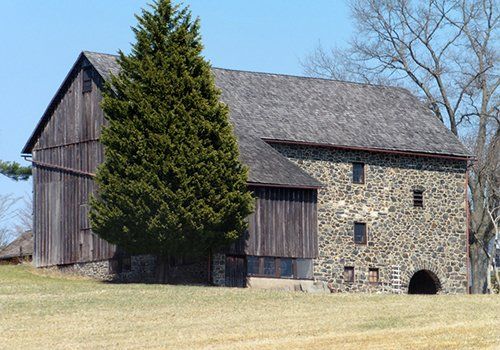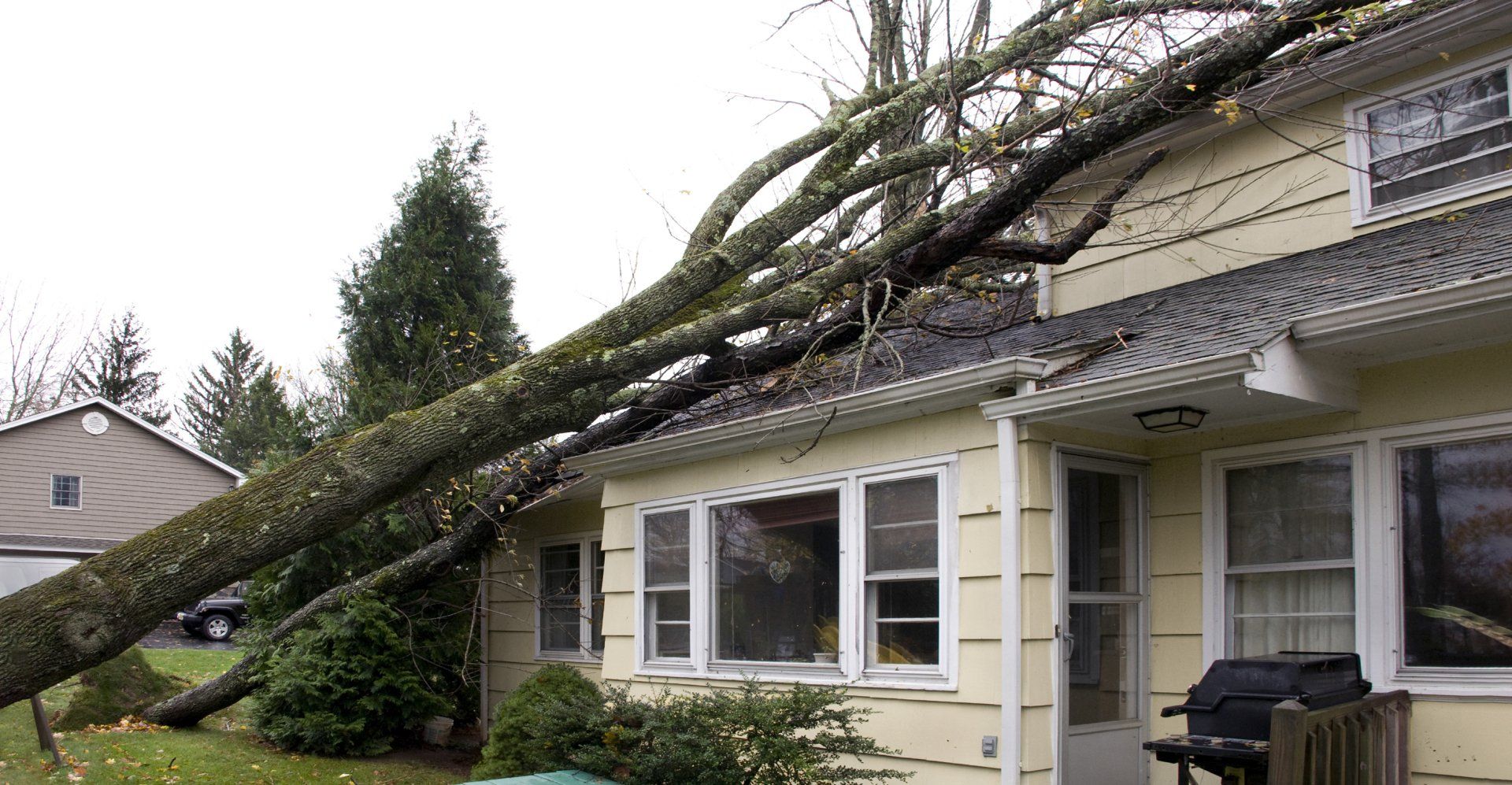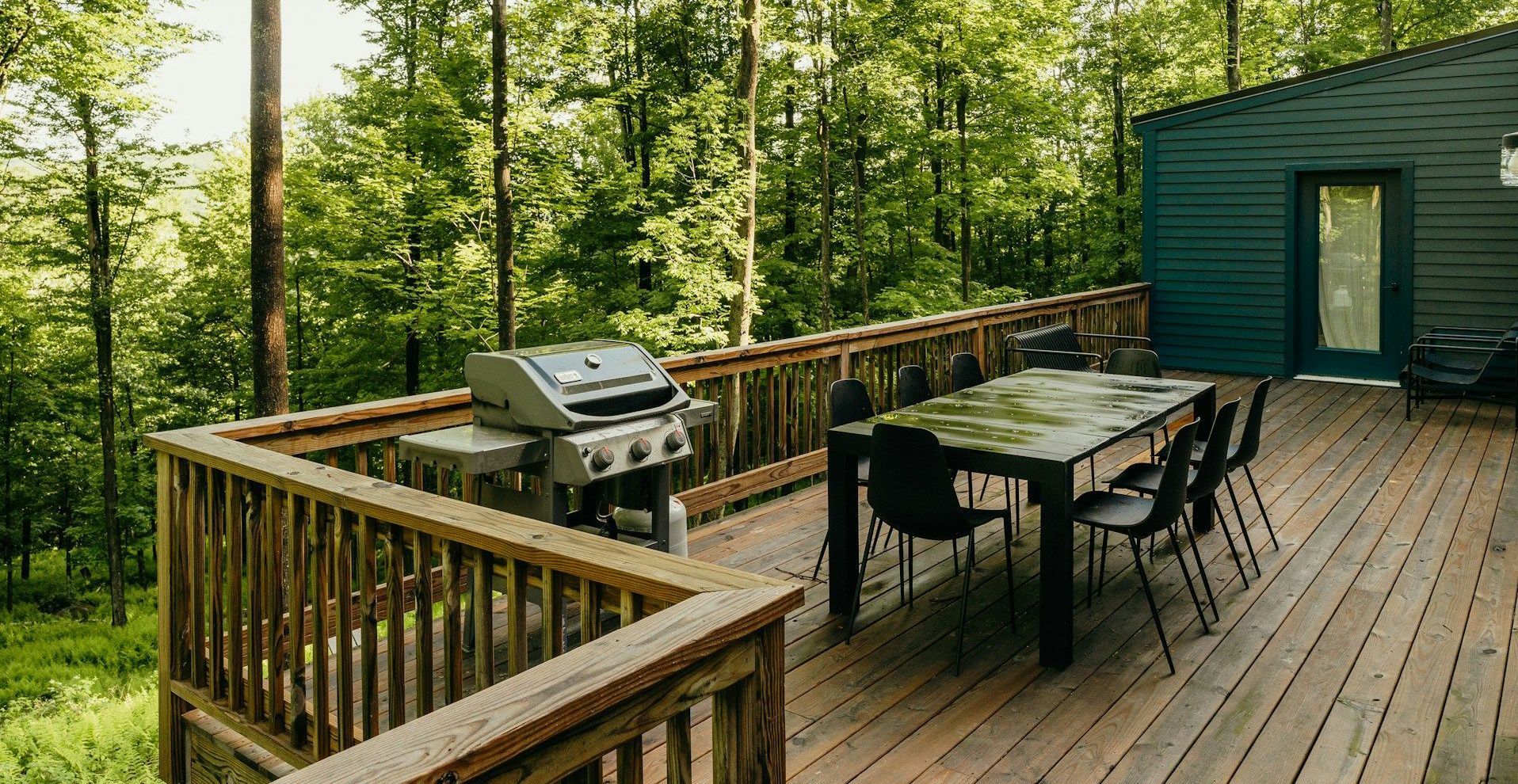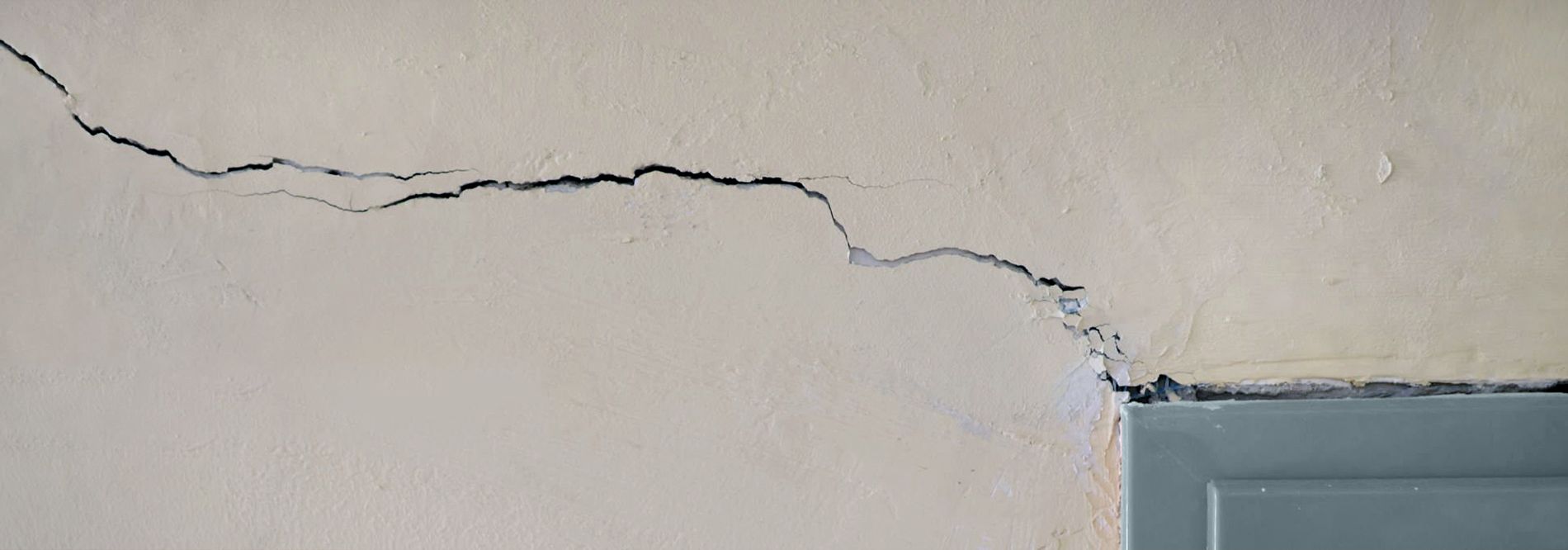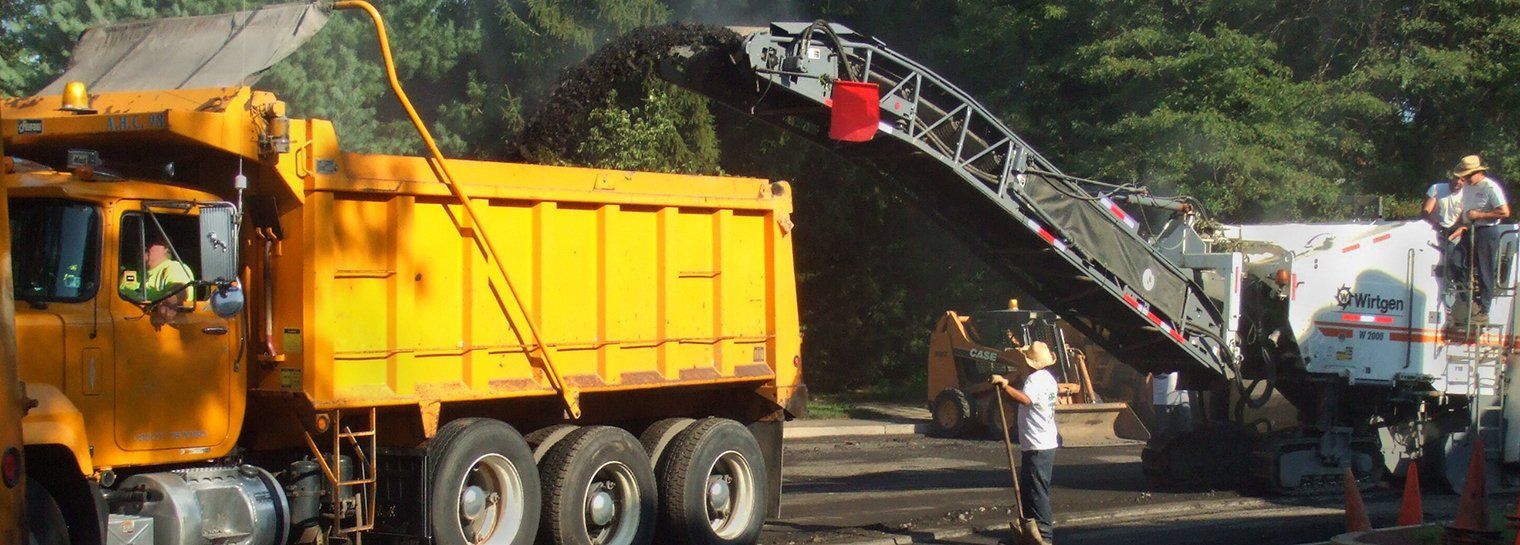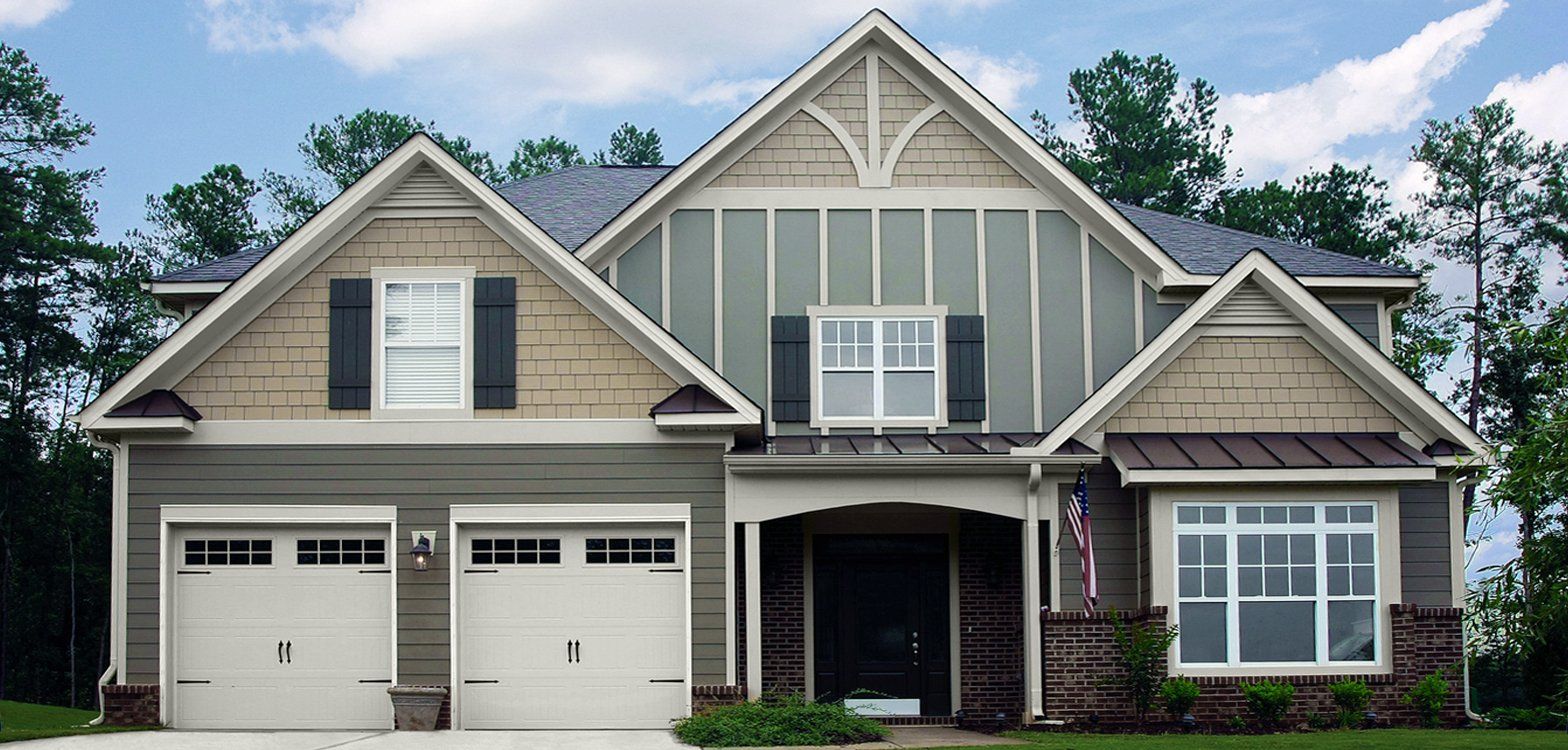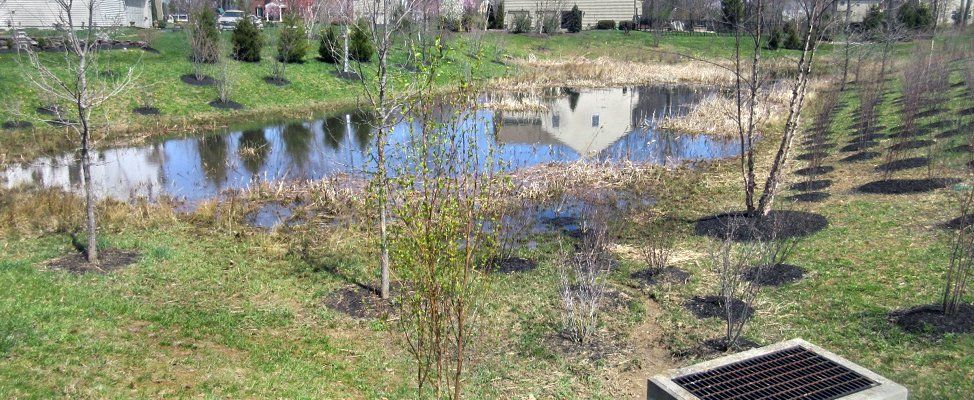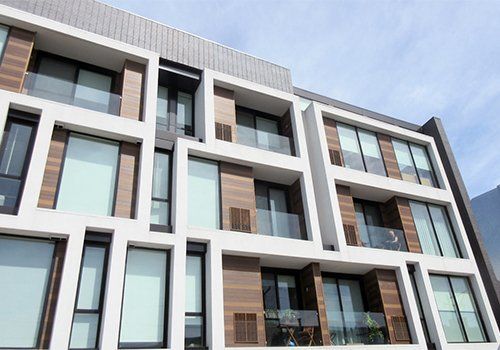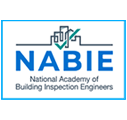Historic buildings should be well-maintained, protected, and modernized for future generations because they have cultural significance and economic value. Structural engineering aspects and building codes govern the preservation and maintenance of these buildings.
BUSTAMANTE ENGINEERS have years of experience in the analyses and design of upgrades for historic renovation projects that celebrate the historic appeal of these grand old buildings. We support you from the first phone call through the rehabilitation and also offer on-site monitoring services if necessary.
If you have concerns with your historic building or are looking to make improvements, please click to contact us and let’s discuss how we may be of value to you.


